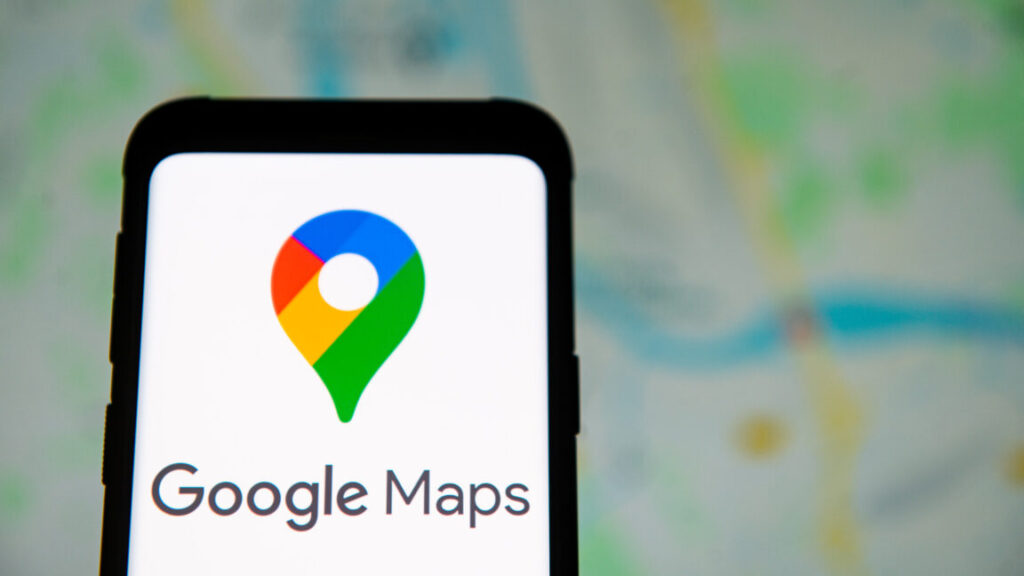Oops: Google says it might have deleted your Maps Timeline data
The Google Maps Timeline has long been a useful though slightly uncomfortable feature that maintains a complete record of everywhere your phone goes (and probably you with it). Google recently changed the way it stored timeline data to improve privacy, but the company now confirms that a “technical issue” resulted in many users losing their timeline history altogether, and there might not be any way to recover it.
Timeline, previously known as Location History, is very useful if you need to figure out where you were on a particular day or if you just can’t remember where you found that neat bar on your last vacation. Many Google users grew quite fond of having access to that data. However, Google had access to it, too. Starting in 2024, Google transitioned to storing Timeline data only on the user’s individual smartphone instead of backing it up to the cloud. You can probably see where this is going.
Users started piping up over the past several weeks, posting on the Google support forums, Reddit, and other social media that their treasured Timeline data had gone missing. Google has been investigating the problem, and the news isn’t good. In an email sent out over the weekend, Google confirmed what many already feared: Maps has accidentally deleted Timeline data on countless devices.
A Google spokesperson confirmed this is the result of a technical issue and not user error or an intentional change. It’s unclear how this happened, but we’d wager on a botched Maps update. Google usually rolls out updates in waves, and it’s possible that the defective build in this case made it to a large number of devices before it was stopped.
You have exactly one possible fix for this issue, but only if you planned ahead. When Google began the full change-over to local storage of Timeline data, it added several settings to control the feature. While the data is stored locally by default, you have the option of creating encrypted backups in the cloud. If you did that, you should be able to restore the data.
Oops: Google says it might have deleted your Maps Timeline data Read More »
